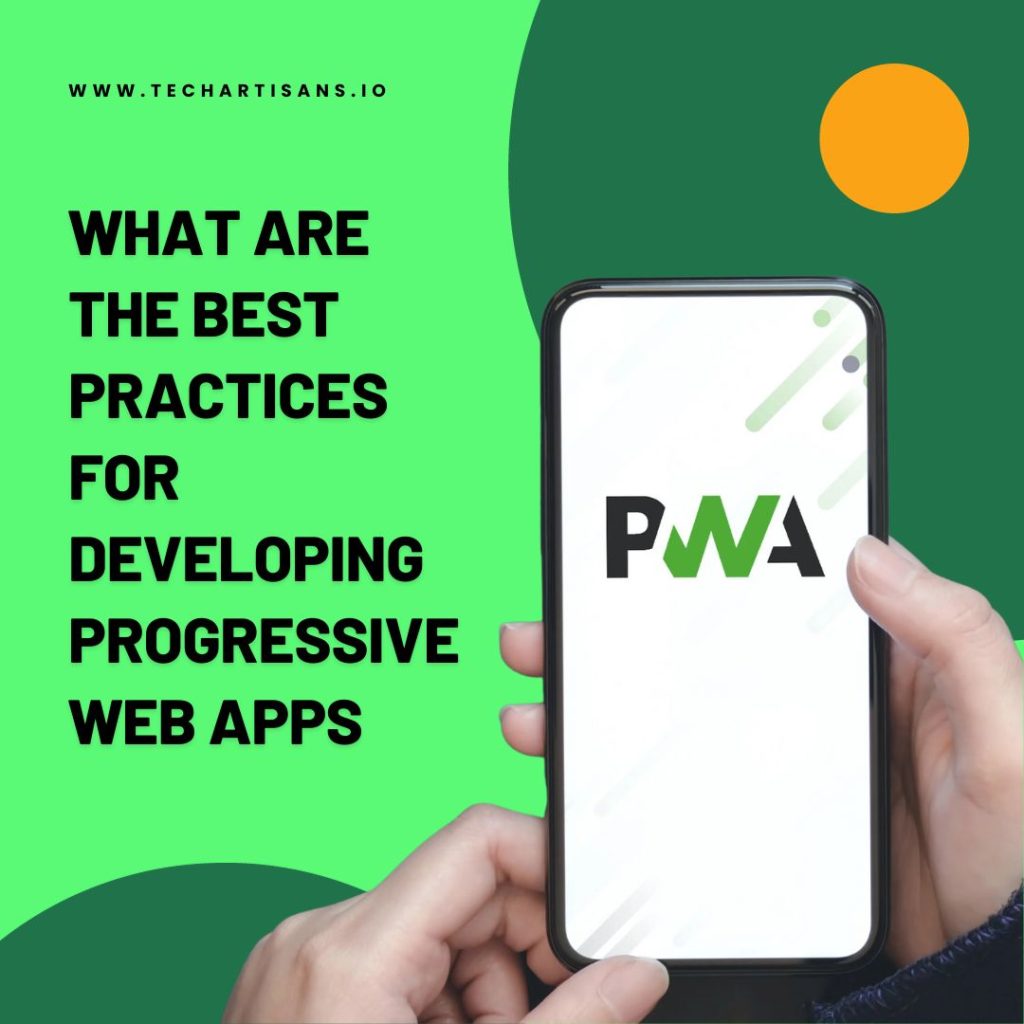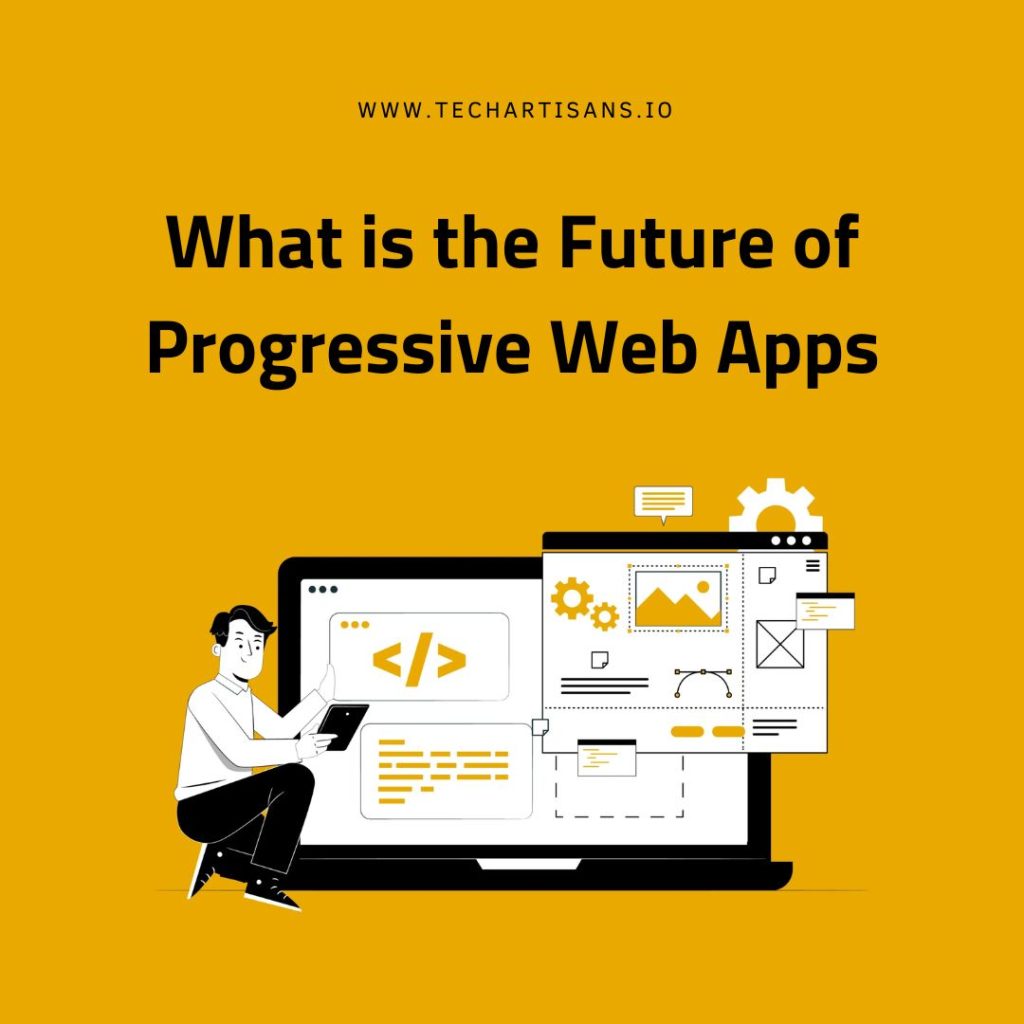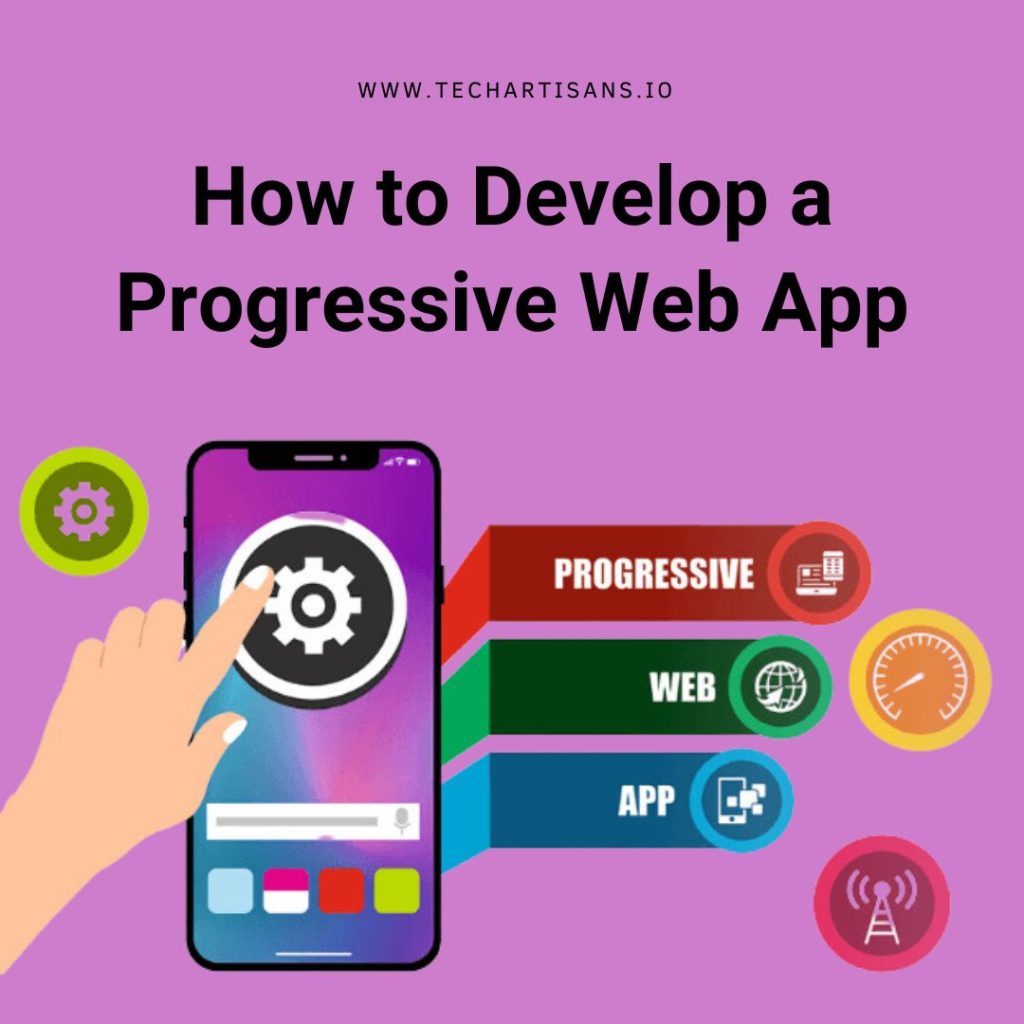Progressive Web Apps (PWAs) are becoming popular for businesses looking to optimize their online presence. They combine the best web and mobile, promising near-native app performance with web technologies. However, like any technology, they come with limitations and potential drawbacks. Understanding these drawbacks of progressive web apps is crucial for business owners in making an informed decision. This guide aims to explore these drawbacks in-depth, equipping you with critical insights to navigate the digital landscape effectively. The following sections will delve into the performance issues and other related challenges associated with PWAs.
Limited Device Features and Integration
One fundamental drawback of progressive web apps is their limited access to and integration with device features. While PWAs are known to bridge the gap between web and native apps, they still lag in fully utilizing device-specific functionalities. Let’s explore this limitation further.
Restricted Access To Device Features And Hardware
Despite the growing sophistication of PWAs, they still have limited access to several key device features and hardware. For example, while native apps can seamlessly integrate with device hardware such as NFC, Bluetooth, and advanced camera controls, progressive web apps often struggle with these integrations.
Another area where PWAs fall short is accessing device functionalities like contact lists, in-app purchases, and advanced biometrics. While they can provide a mobile-friendly interface, they lack the depth of integration that native apps enjoy with the device’s operating systems. This lack of deep integration can limit user experience and the app’s overall functionality.
User Experience And Functionality
This limited access to device features and hardware capabilities can significantly impact progressive web apps’ overall user experience and functionality. For one, users may not fully experience the convenience and personalization that a native app can offer. The inability of PWAs to tap into device-specific features such as advanced camera controls and contact lists can limit the app’s functionality, resulting in a lackluster user experience.
Performance and Speed Concerns
Speed and performance are king when it comes to providing a smooth, responsive user experience. However, one of the key drawbacks of progressive web apps is an area directly impacting these crucial elements – performance and speed concerns.
Performance Issues Compared To Native Apps
Despite the touted efficiency of Progressive Web Apps, they often fall short in performance compared to native apps. Relying on browsers can lead to slower load times and lagging responsiveness, particularly on low-end devices or weak network connections. Consequently, this can result in a subpar user experience, tarnishing a business’s digital presence and brand image.
Effect Of These Issues
Performance issues and slower speeds can drastically affect user engagement and retention. A lagging or unresponsive progressive web app can quickly frustrate users, leading to a drop in app usage and a potential increase in abandonment rates.
Moreover, users expect quick and seamless interactions in today’s fast-paced digital world. Any delay, even if it’s just a few seconds, can discourage users from using the app, thereby impacting user retention.
Offline Capabilities and Connectivity
Let’s delve into the challenges associated with offline operation, connectivity issues linked with PWAs, and how these drawbacks could potentially impact your business operations.
Limitations Of PWAs in Offline Mode
While Progressive Web Apps are praised for their offline capabilities, the reality is that they still struggle with robust offline operation. They heavily rely on service workers for caching content, leading to limited functionality in offline mode. Furthermore, any dynamic content or transactions cannot be handled during offline mode, restraining the full potential of the app. These limitations can significantly hinder businesses targeting areas with poor connectivity.
Challenges Faced by Businesses
For businesses that operate in regions with poor network connectivity or require comprehensive offline functionality, Progressive Web Apps may pose considerable challenges. The limited data storage capacity of PWAs often restricts the complexity of offline functions, hindering businesses from providing a full suite of services or features in offline mode. Also, vital business operations that rely on real-time data synchronization might face disruptions due to PWAs’ dependence on internet connectivity for updates.
Discoverability and Installation
Let’s delve into these potential issues and how they might affect the reach and adoption of your application.
Complications with App Store Visibility
One of the primary challenges associated with Progressive Web Apps (PWAs) is their lack of visibility in conventional app stores. Unlike native apps, PWAs are not typically listed on platforms like Google Play or Apple’s App Store. This can significantly hamper their discoverability as customers frequently use these stores to find and download applications.
Furthermore, while the web-based nature of PWAs allows them to bypass app store approval processes, it also robs them of the credibility of being listed on these well-regarded platforms.
User Habits and Extra Steps for PWA Installation
Users are accustomed to a single-step installation process via traditional app stores when installing applications. On the other hand, progressive Web Apps (PWAs) require users to visit a website first and then manually add the PWA to their home screen. This multi-step process can be confusing and daunting for less tech-savvy users, leading to a potential drop in downloads or installations.
Moreover, the lack of a clear, standardized installation prompt across browsers can further complicate the user process. These additional steps and the consequent deviation from familiar user habits constitute another significant drawback of Progressive Web Apps.
Compatibility and Browser Support
Progressive Web Apps (PWAs) have been hailed as the future of web development, promising universal compatibility across all devices and browsers. However, the reality is not quite so rosy. In this section, we will explore the potential issues concerning compatibility and browser support that could arise while using PWAs.
Issues with Cross-Browser Compatibility
Progressive Web Apps (PWAs) face significant challenges with cross-browser compatibility. Not all features of PWAs are uniformly supported across different browsers, potentially leading to inconsistent user experiences. For instance, Safari, a widely used browser, has limited support for service workers and push notifications, key components of PWAs. This lack of uniform compatibility can compromise the overall performance and usability of PWAs across various browsers.
Problem With Legacy Devices
Legacy devices and outdated browsers present another significant hurdle for Progressive Web Apps (PWAs). Older systems and browsers may not support the modern web technologies upon which PWAs heavily rely. This lack of support can lead to functionality issues, rendering PWAs unusable on these platforms.
For instance, service workers, a crucial component of PWAs enabling offline functionality, are not supported by older browser versions. Businesses aiming to reach users on these older platforms may thus find PWAs an inappropriate solution.
Security Concerns
Let’s delve into the various security-related issues that may accompany using PWAs.
Outline The Security Limitations of PWAs
Progressive Web Apps (PWAs) operate over HTTPS, ensuring basic security measures. However, they still face limitations. For instance, they heavily rely on browser security, making them vulnerable to any existing browser-level threats. Moreover, as PWAs can work offline, they can inadvertently store sensitive data, risking exposure if not handled securely.
Comparison With Native Apps
In comparison to Progressive Web Apps, native apps generally offer superior data protection. They have access to built-in device security features and can take advantage of platform-specific encryption. On the other hand, PWAs rely mainly on web security protocols, which might not be as robust as the security features provided on native platforms. This significant difference in data protection capabilities is a critical consideration for businesses when choosing between native apps and PWAs.
Monetization and Revenue Generation
Progressive Web Apps (PWAs) offer various opportunities and challenges regarding monetization and revenue generation. Let’s examine how these aspects are affected by the use of PWAs.
Challenges in Monetizing PWAs
Monetizing Progressive Web Apps (PWAs) presents unique challenges, primarily because they operate outside of traditional app store platforms. As a result, PWAs lose out on the app store’s ecosystem for advertising and in-app purchases, which are key revenue generators for mobile apps. Additionally, the absence of a centralized marketplace like an app store can make it harder for PWAs to gain visibility and attract users.
Complexity of Implementing In-App Purchases And Subscriptions
Implementing in-app purchases and subscriptions within Progressive Web Apps (PWAs) can be a complex and challenging process. Unlike native apps, PWAs do not have inherent support for these features, necessitating the development of custom solutions. This added complexity can result in increased development costs and time, as well as potential hurdles in creating a seamless user experience.
Maintenance and Updates
Let’s address another crucial aspect of Progressive Web Apps (PWAs) – their maintenance and updates.
Misconceptions About The Ease of Updating PWAs
While Progressive Web Apps (PWAs) are often touted for ease of updates, this is not always the case. Many misconceptions circulate about this aspect of PWAs. Contrary to popular belief, maintaining and updating PWAs can involve intricate processes and be time-consuming, depending on the complexity of the application and the nature of the updates.
Reality Of Maintaining a PWA Over Time
Maintaining a PWA over time can be a taxing process. Although one of the perceived benefits of PWAs is their low-maintenance nature, the reality often tells a different story. Regular updates and fixes are required to keep the PWA running smoothly, and these updates need to be manually implemented, a task that often demands significant time and resources. Lastly, the lack of a centralized platform like an app store for feedback and bug reporting can complicate identifying and addressing user concerns.
Conclusion
Progressive Web Apps (PWAs) offer numerous benefits, but they have their share of drawbacks. These include potential performance issues, security concerns, monetization challenges, and maintenance and update complexity. Furthermore, the absence of a built-in payment system and browser compatibility dependence can pose challenges. Before implementing a PWA, business owners must consider this full picture, weighing the advantages and drawbacks. In doing so, they can make an informed decision that aligns with their business needs and ensures a seamless digital experience for their users.







